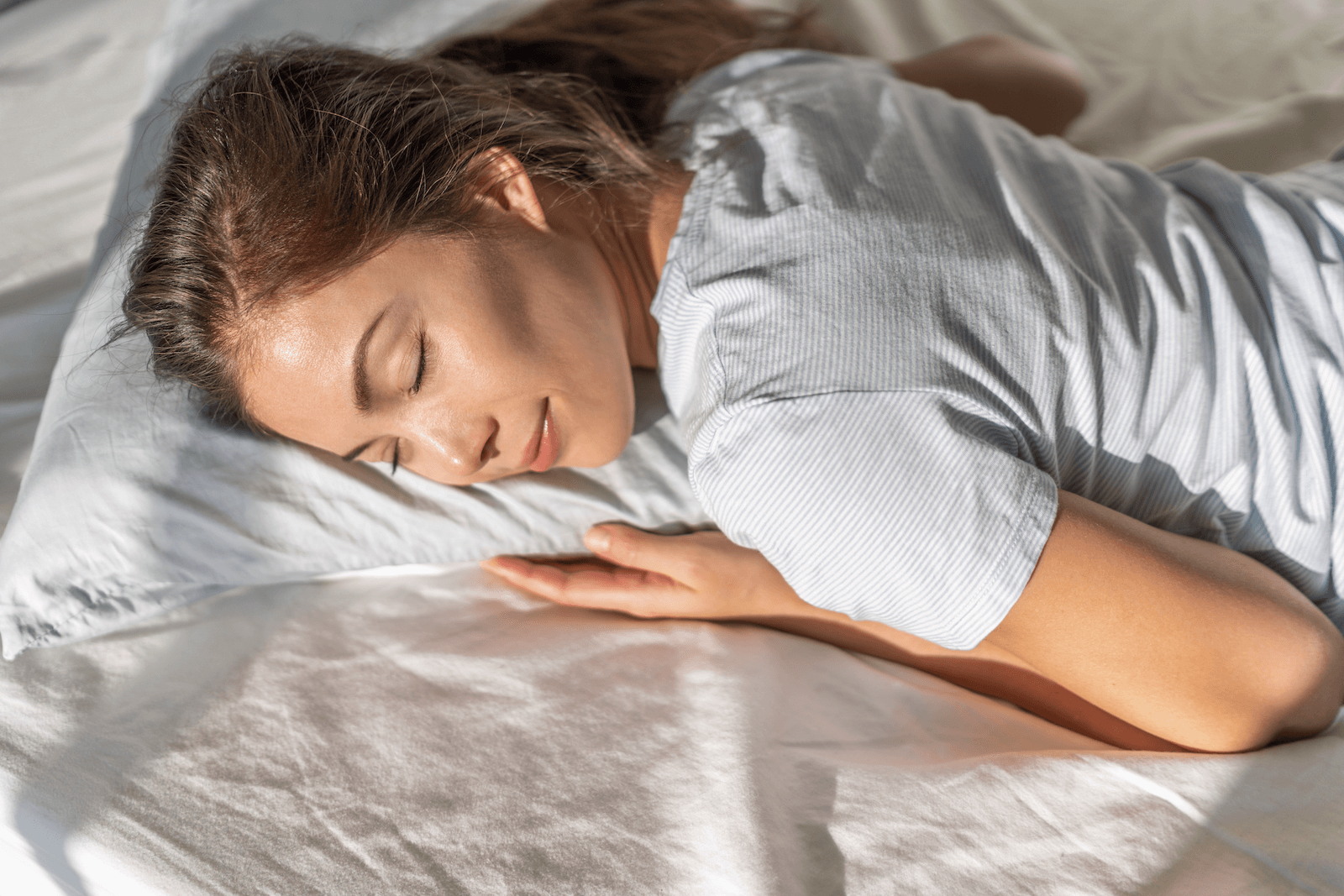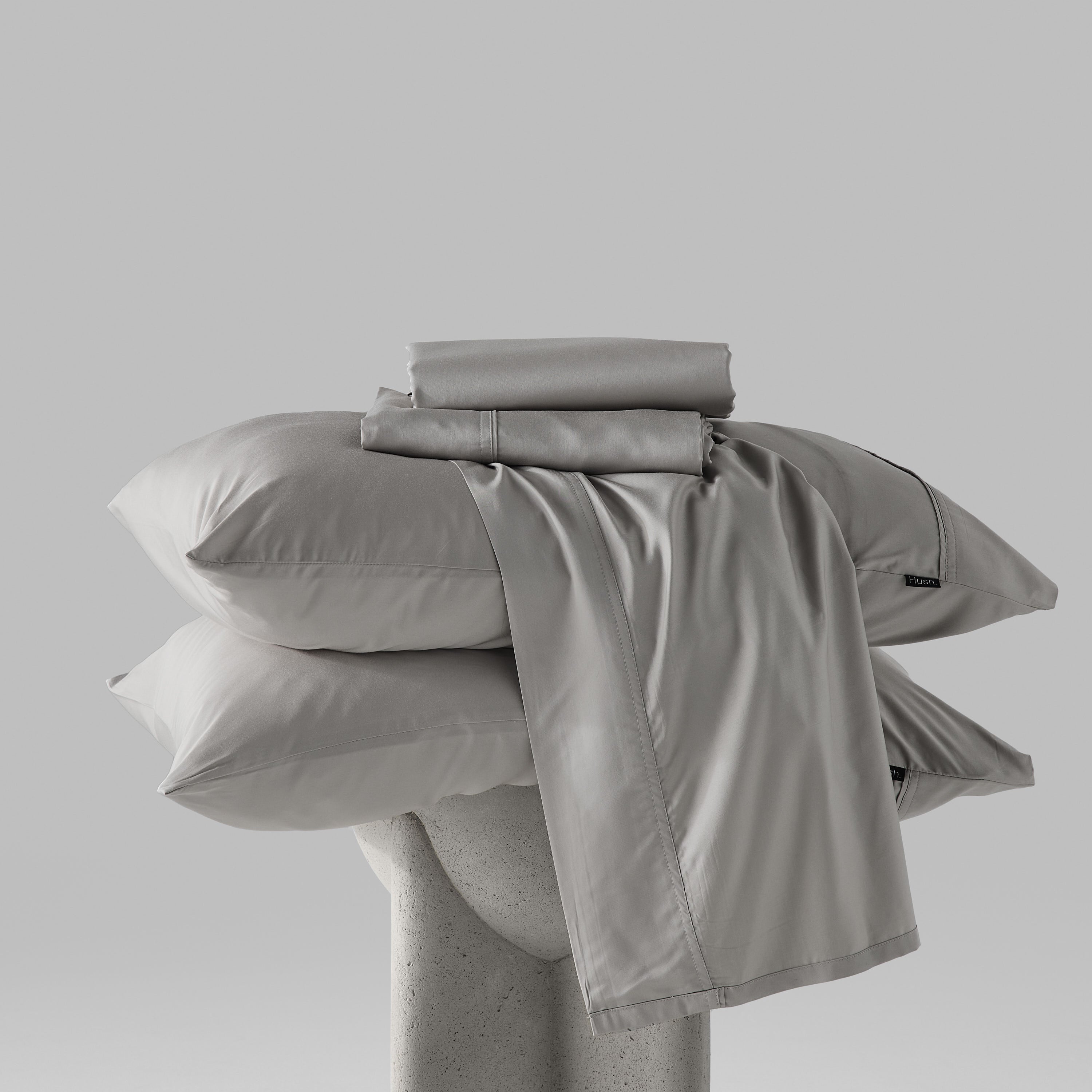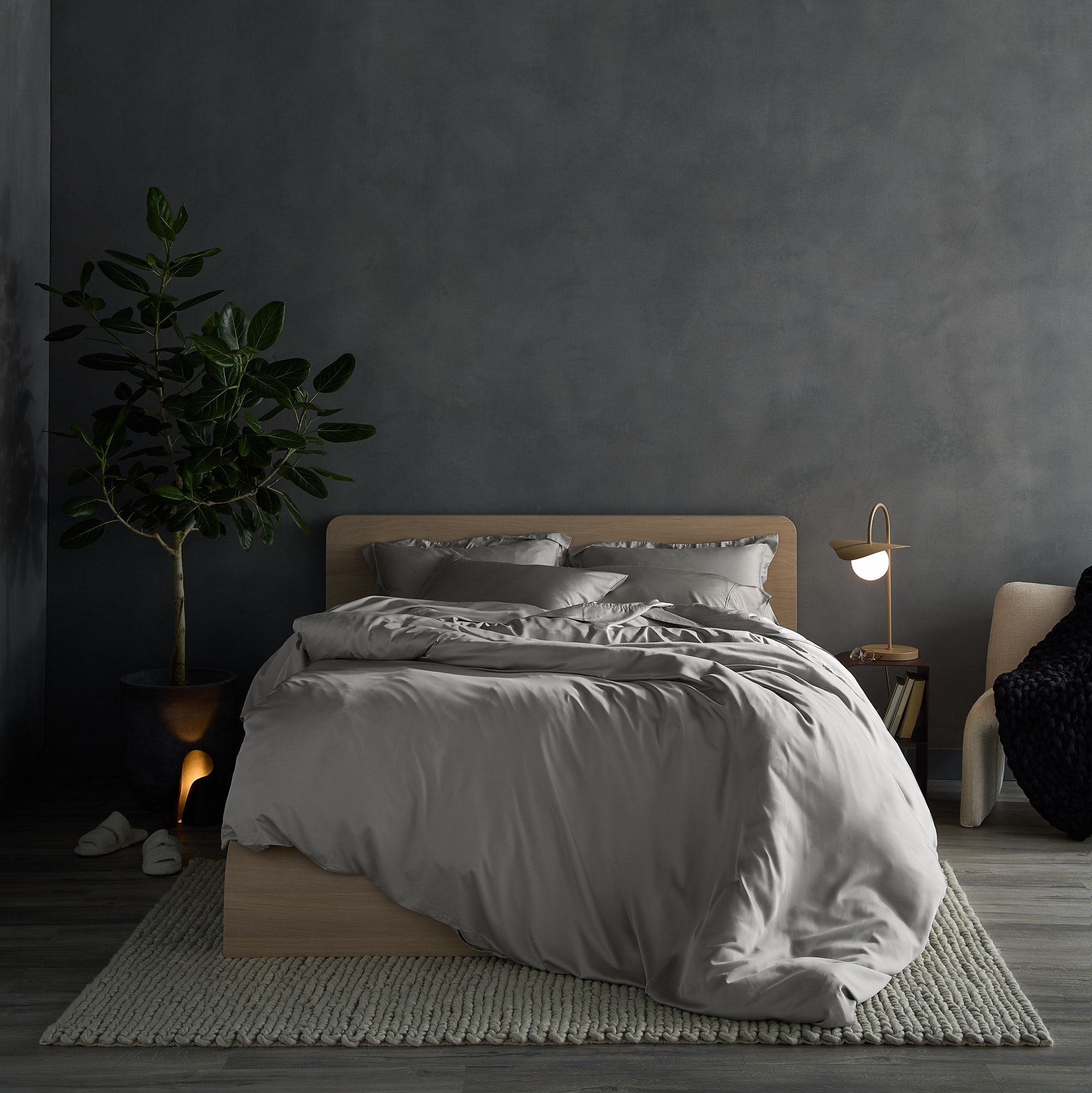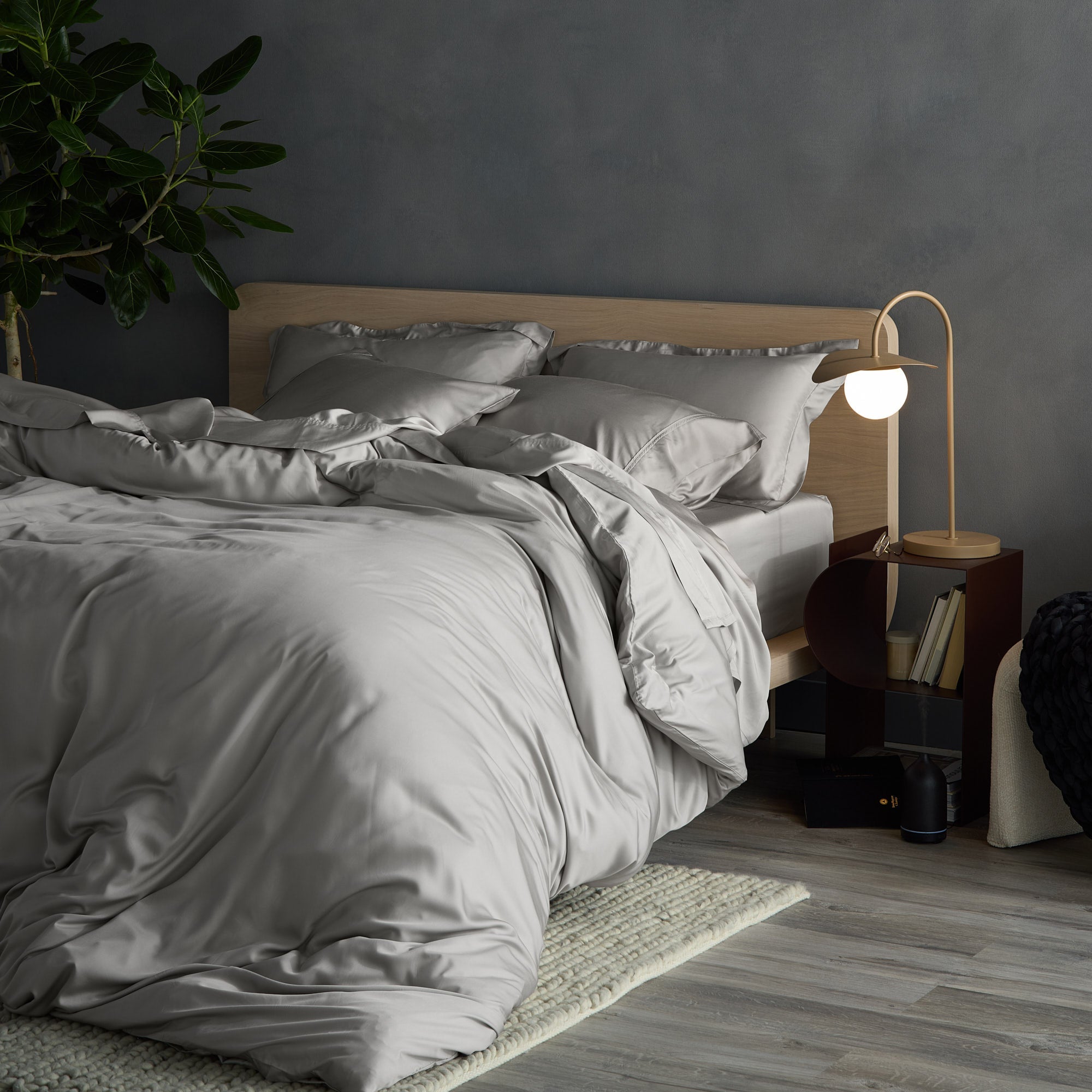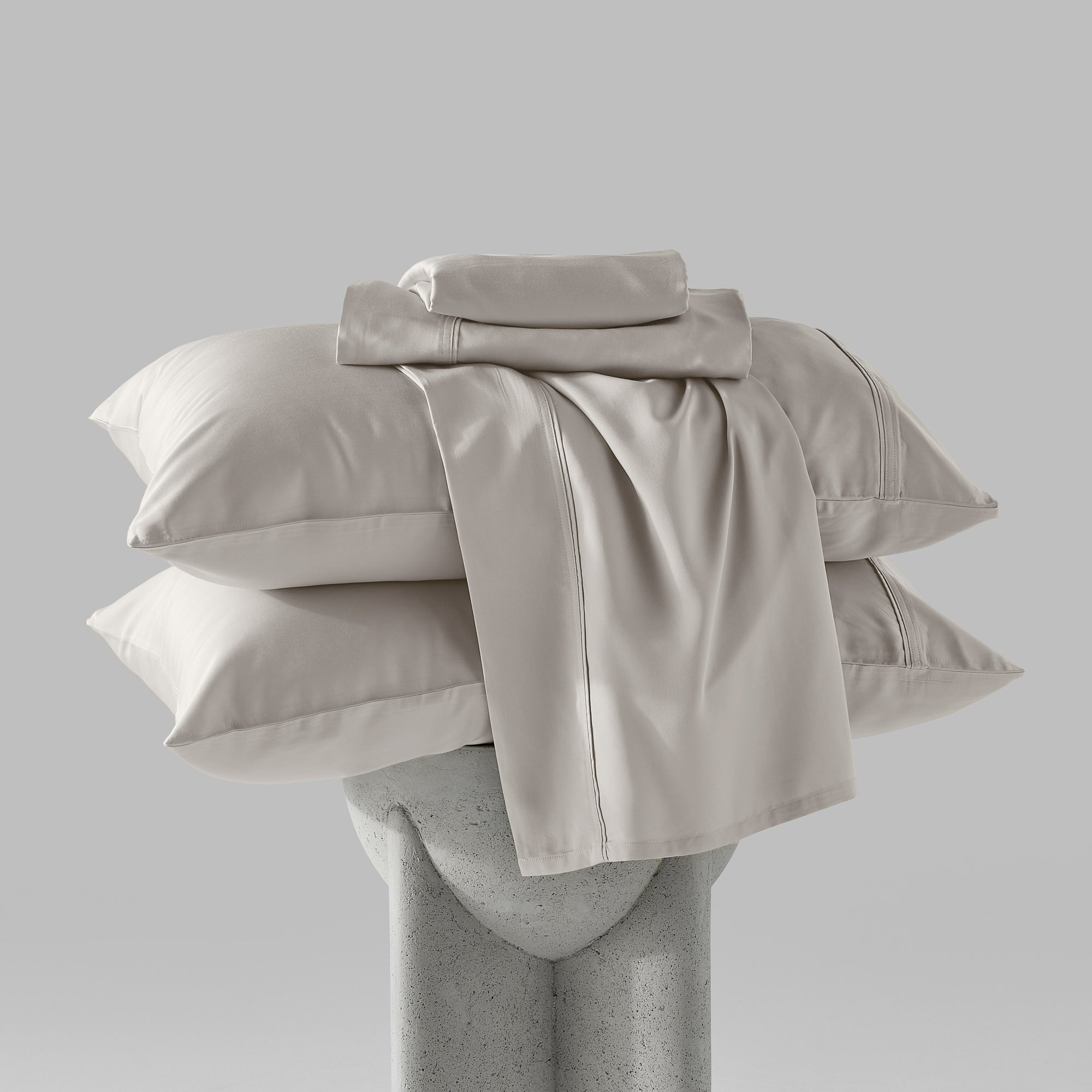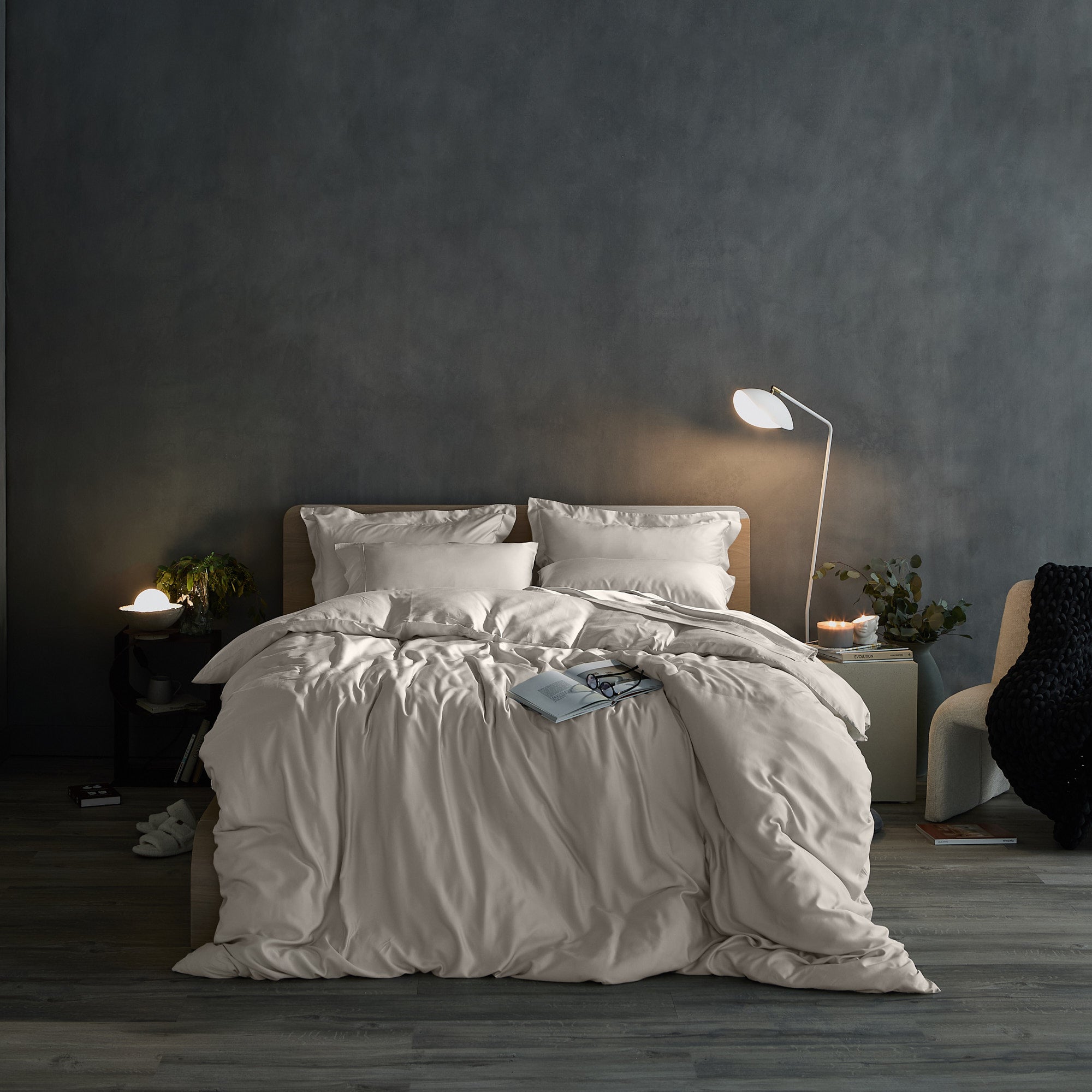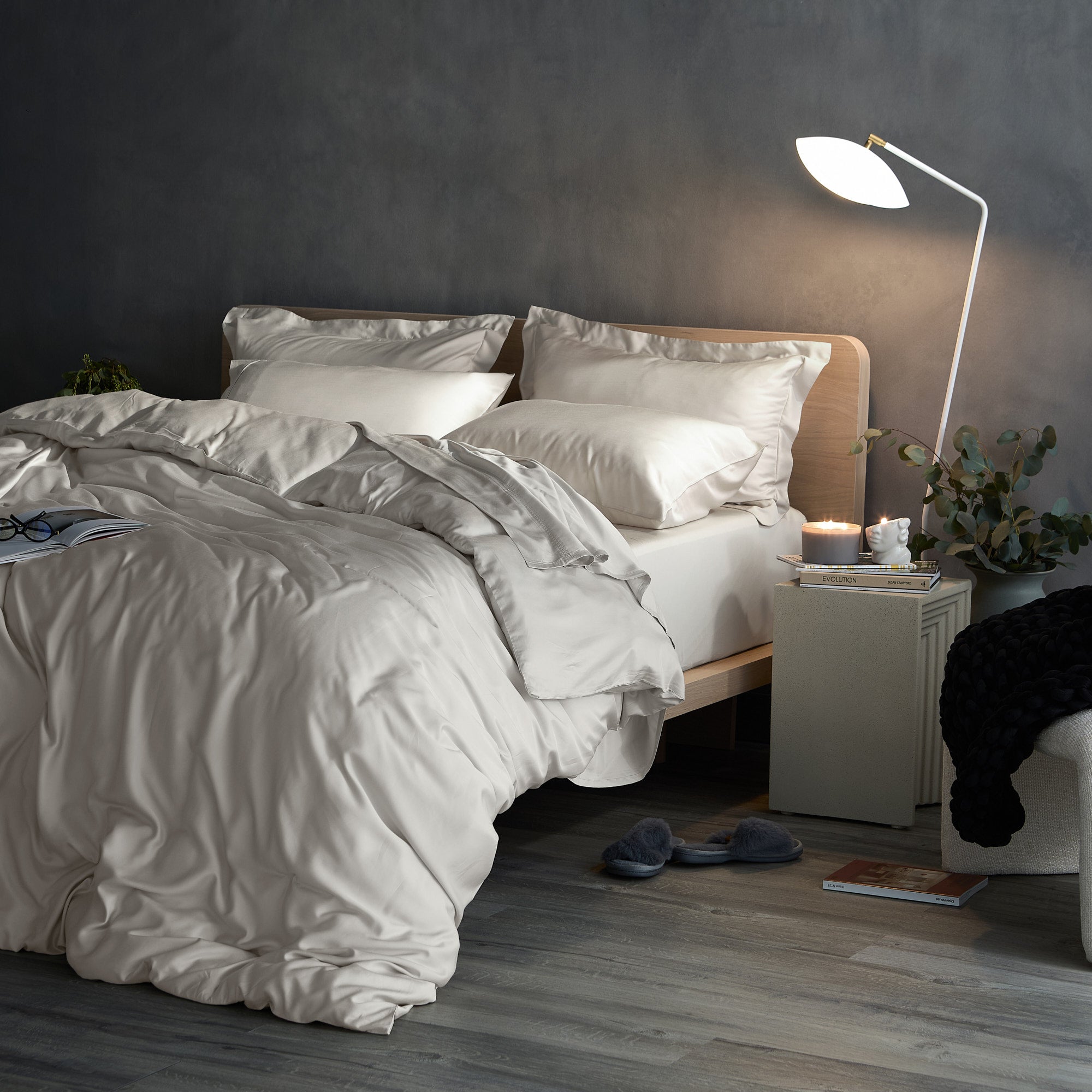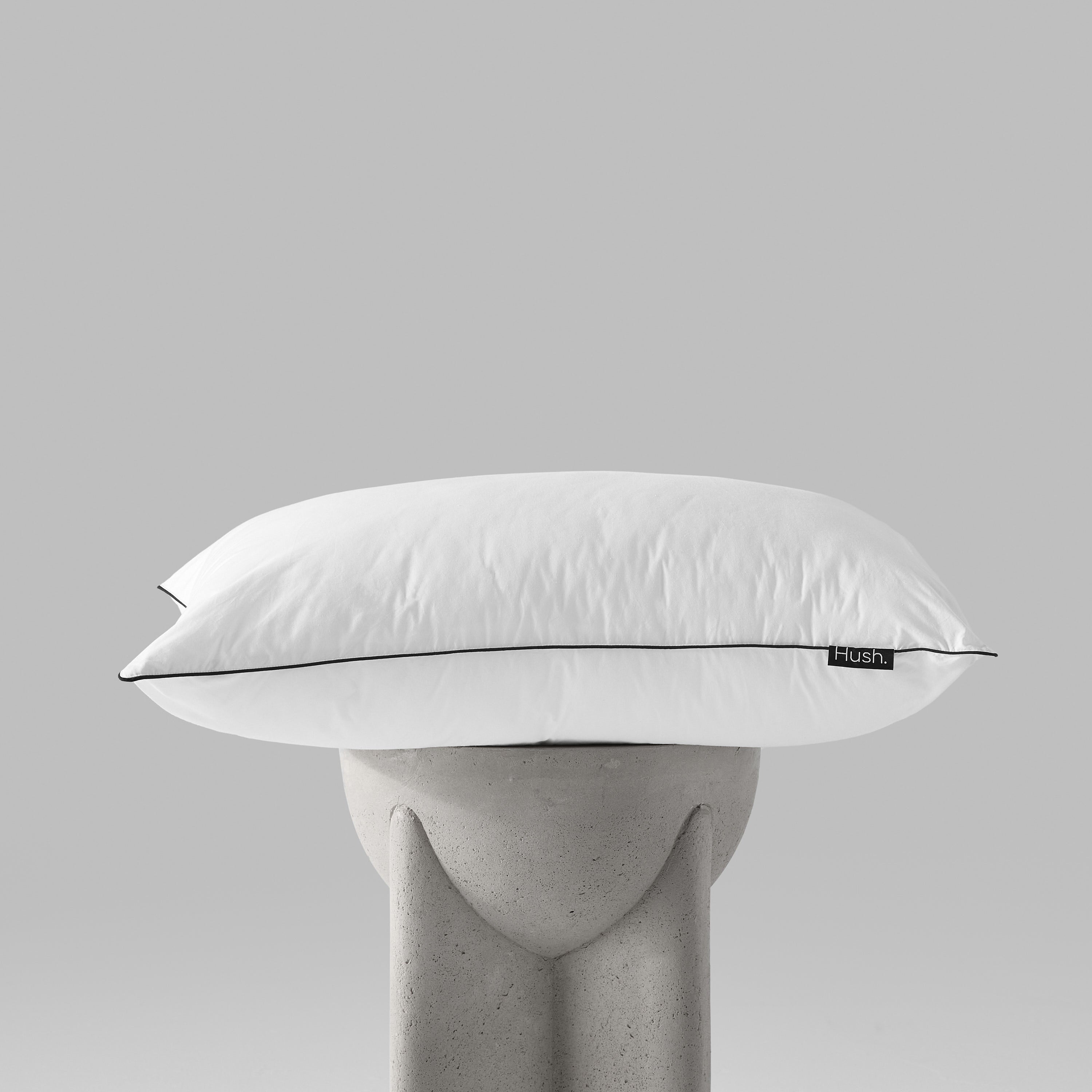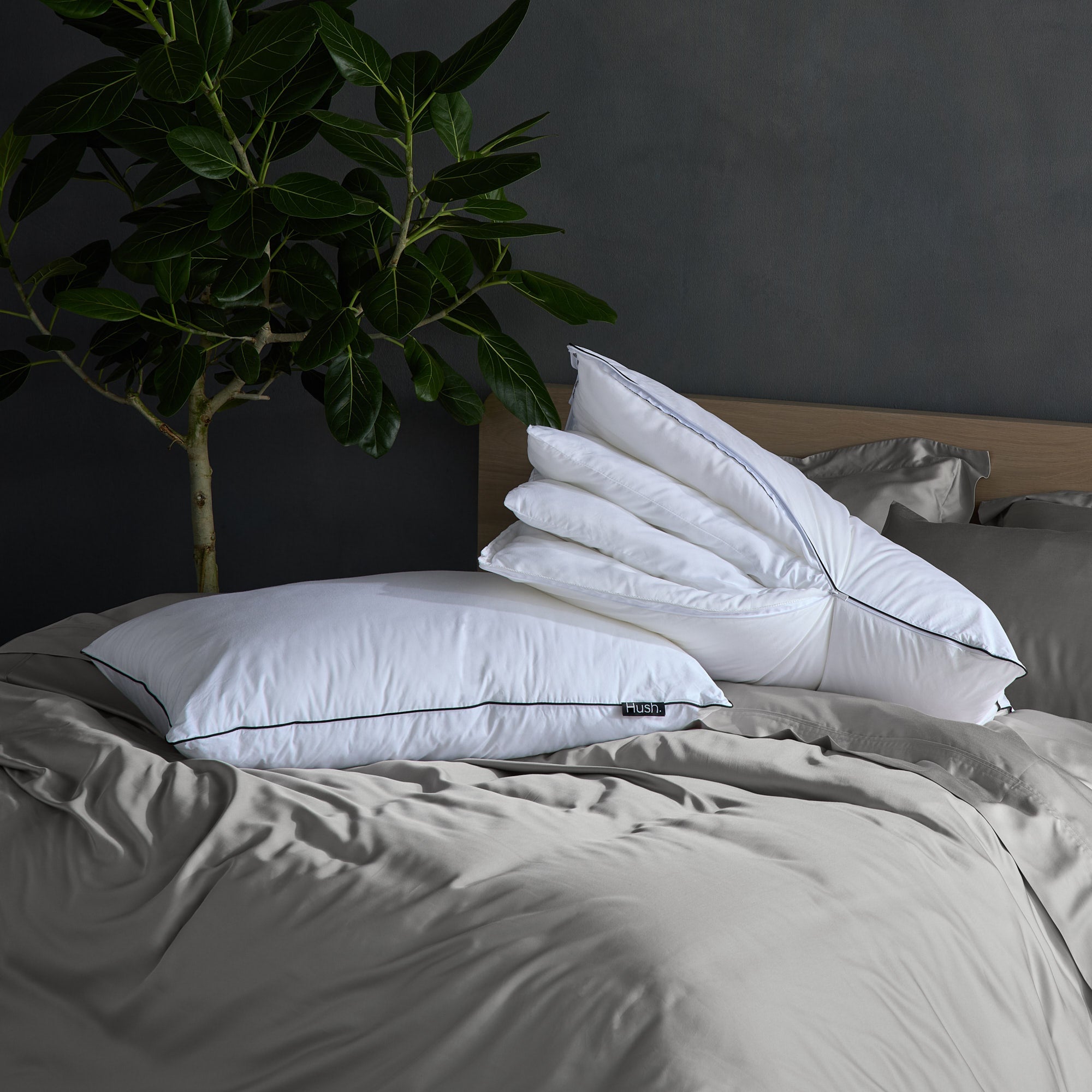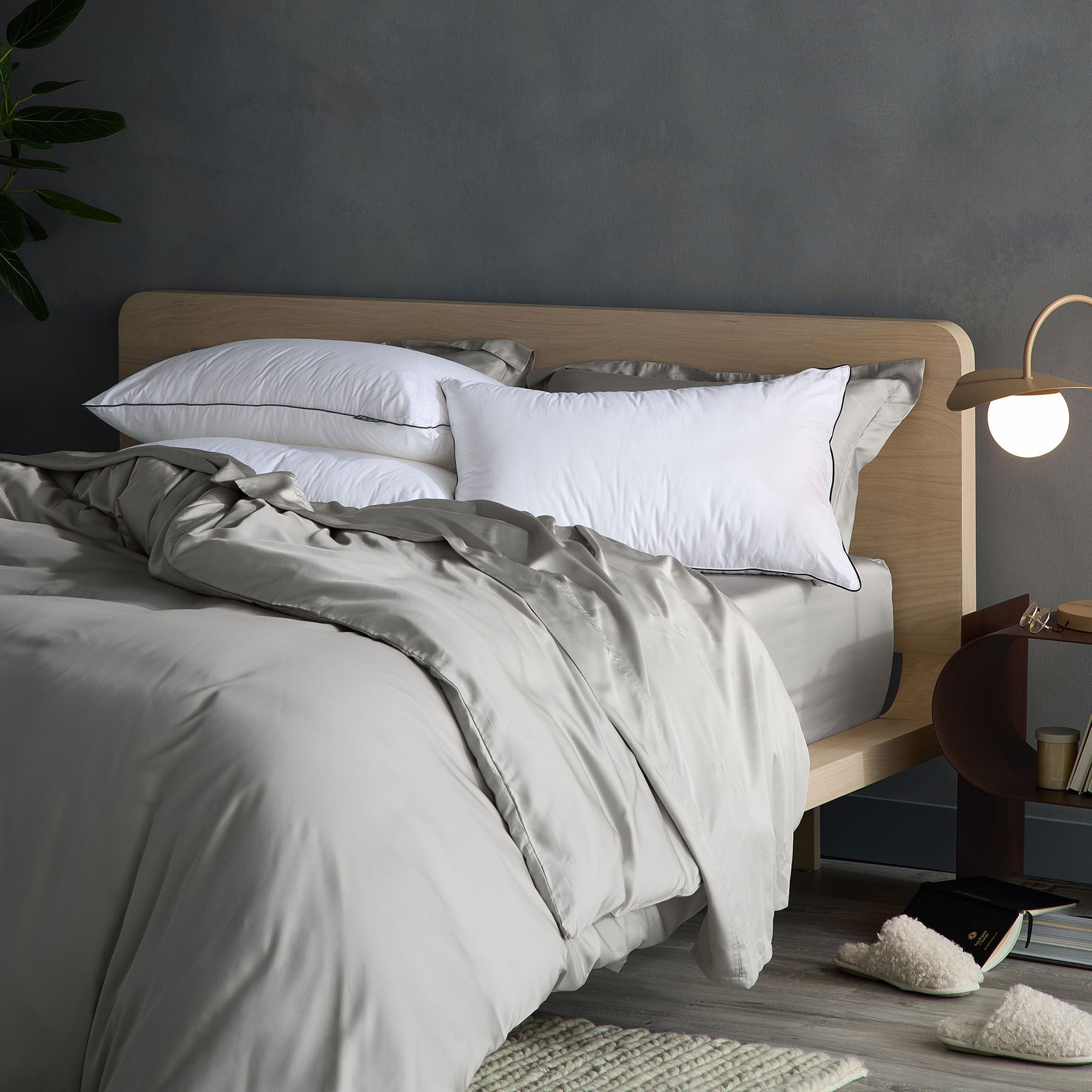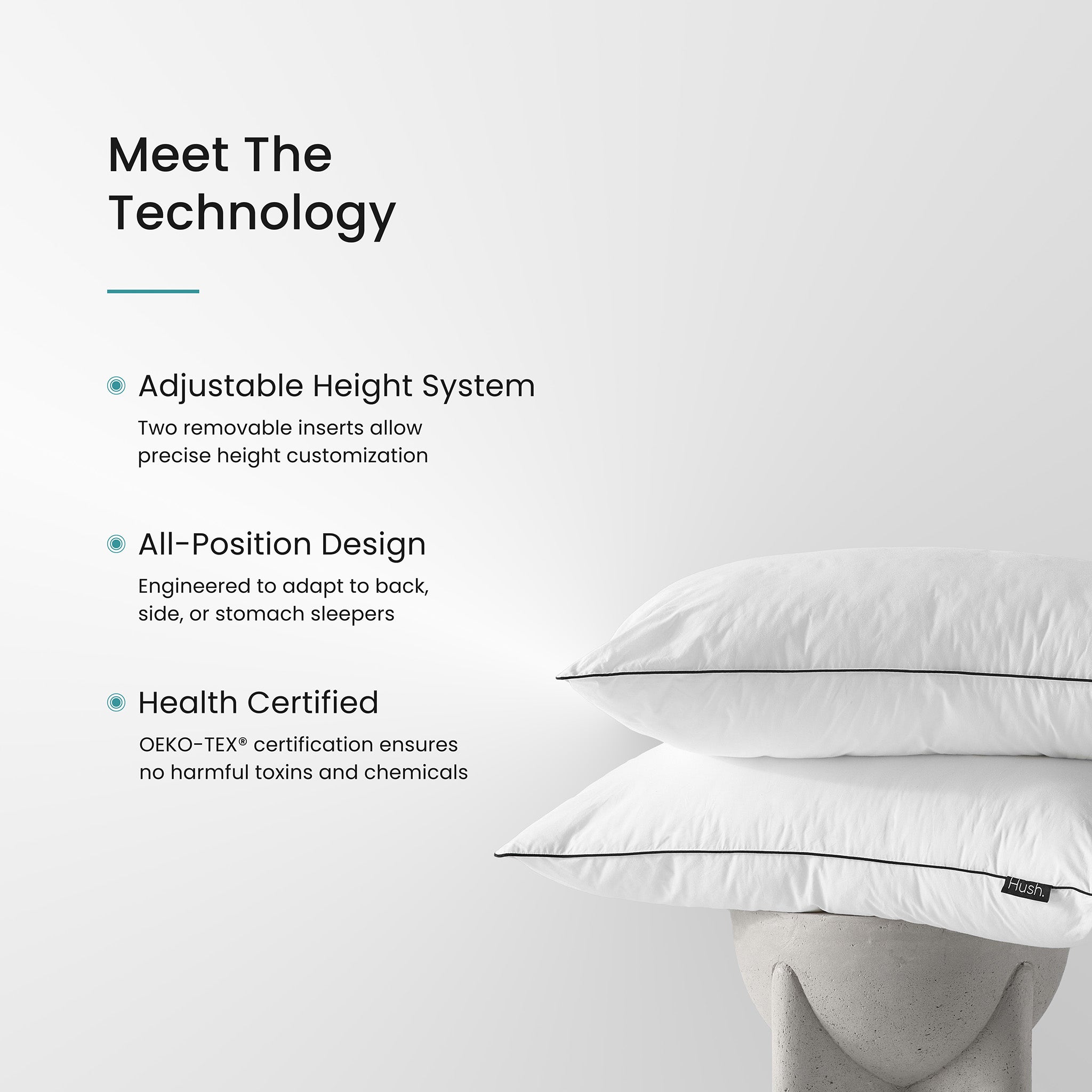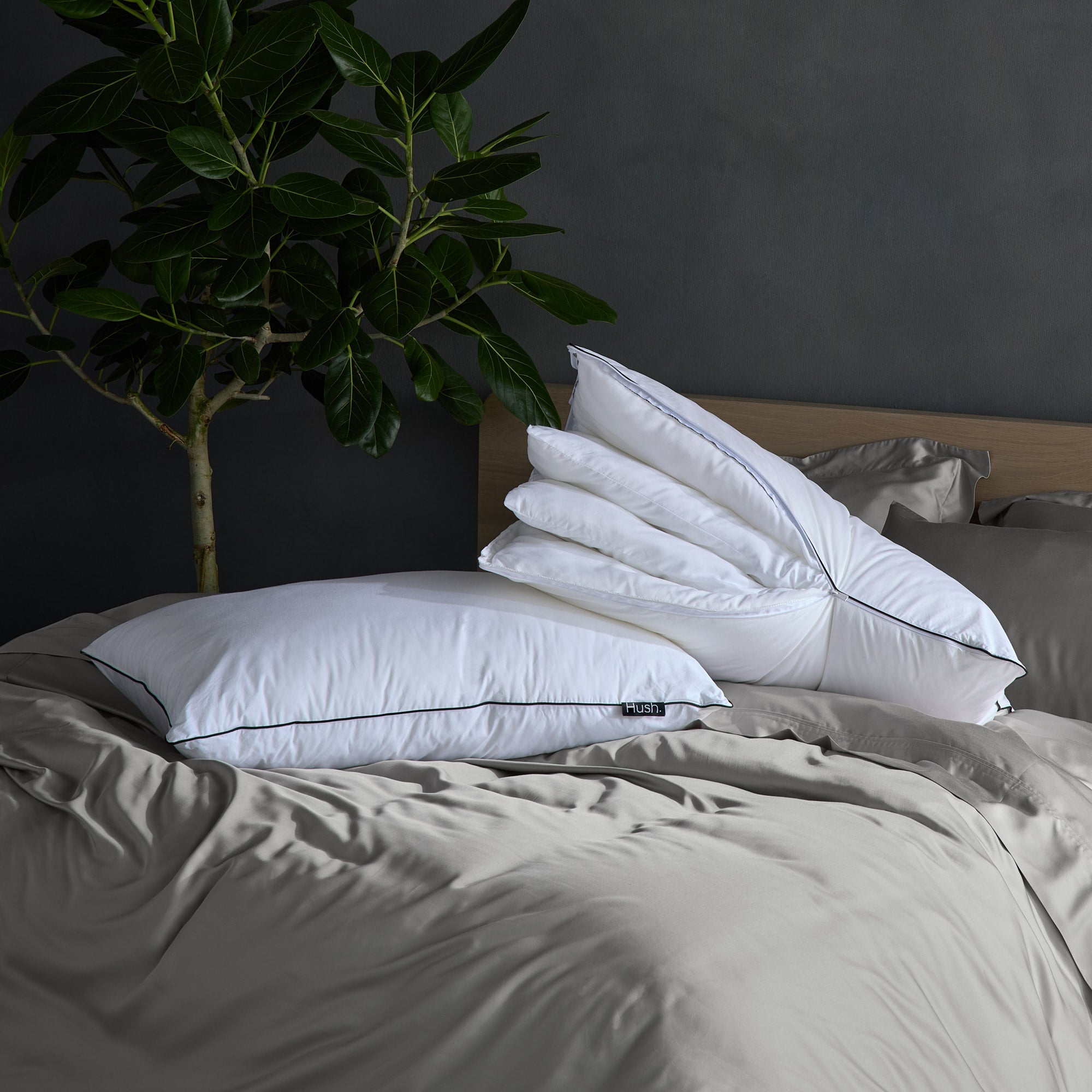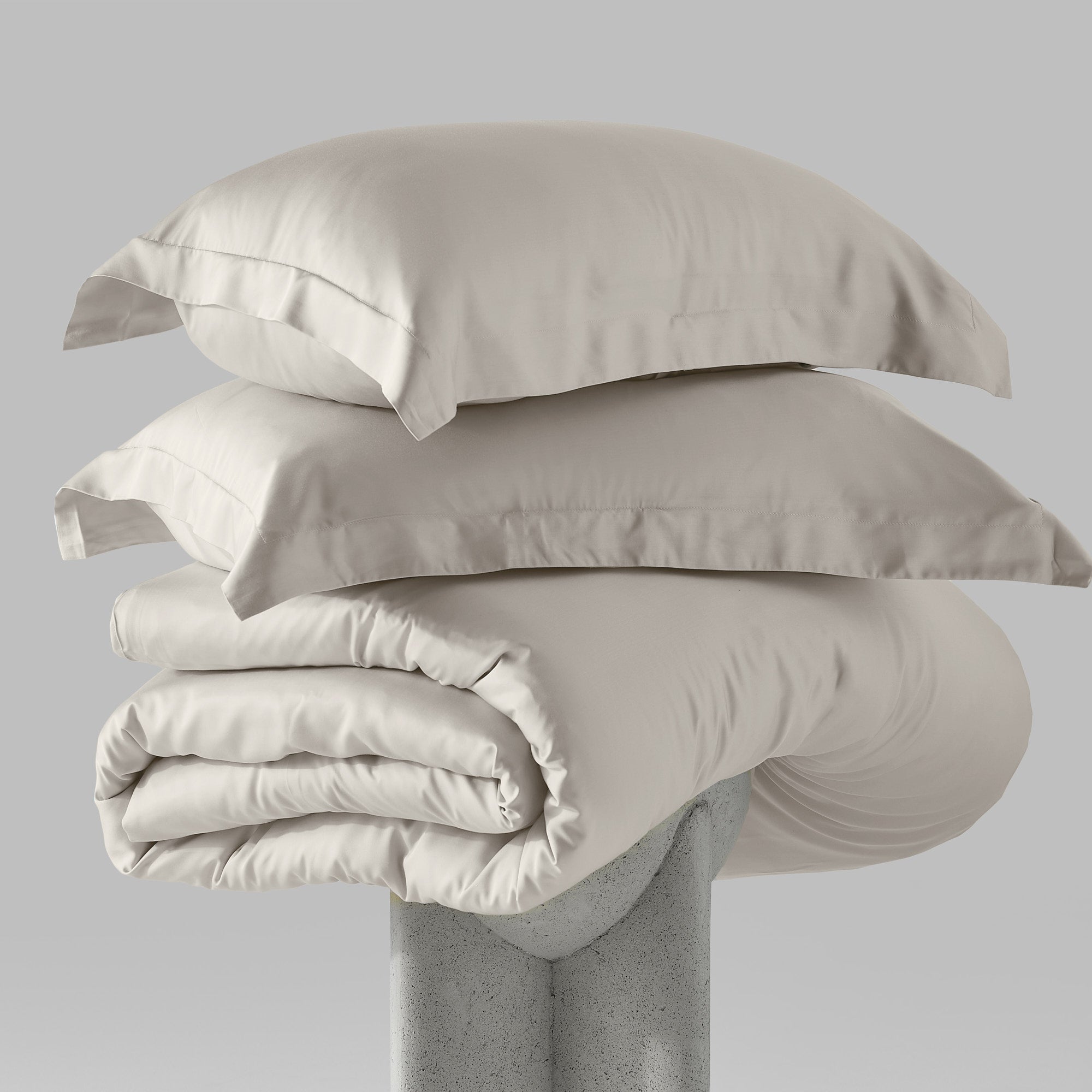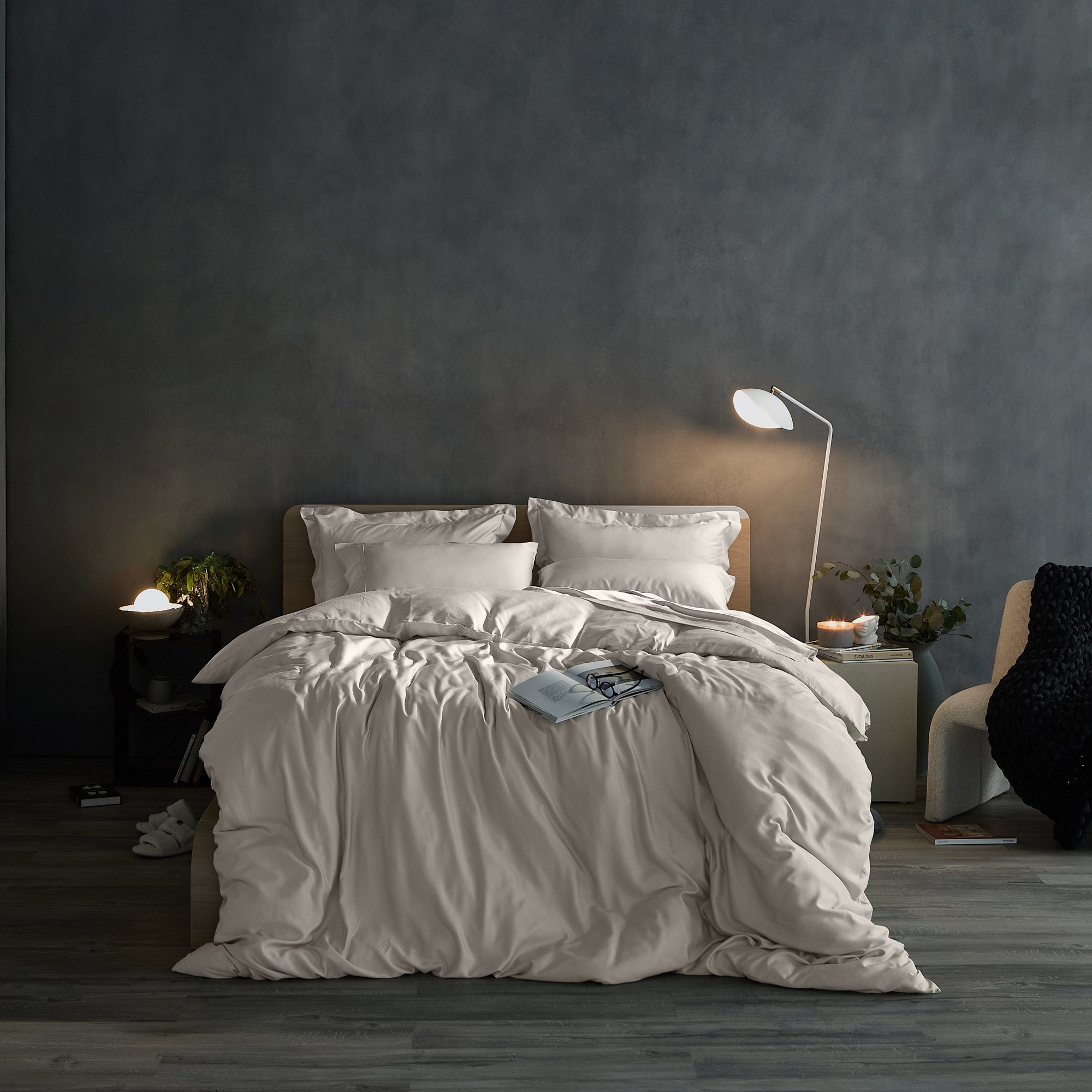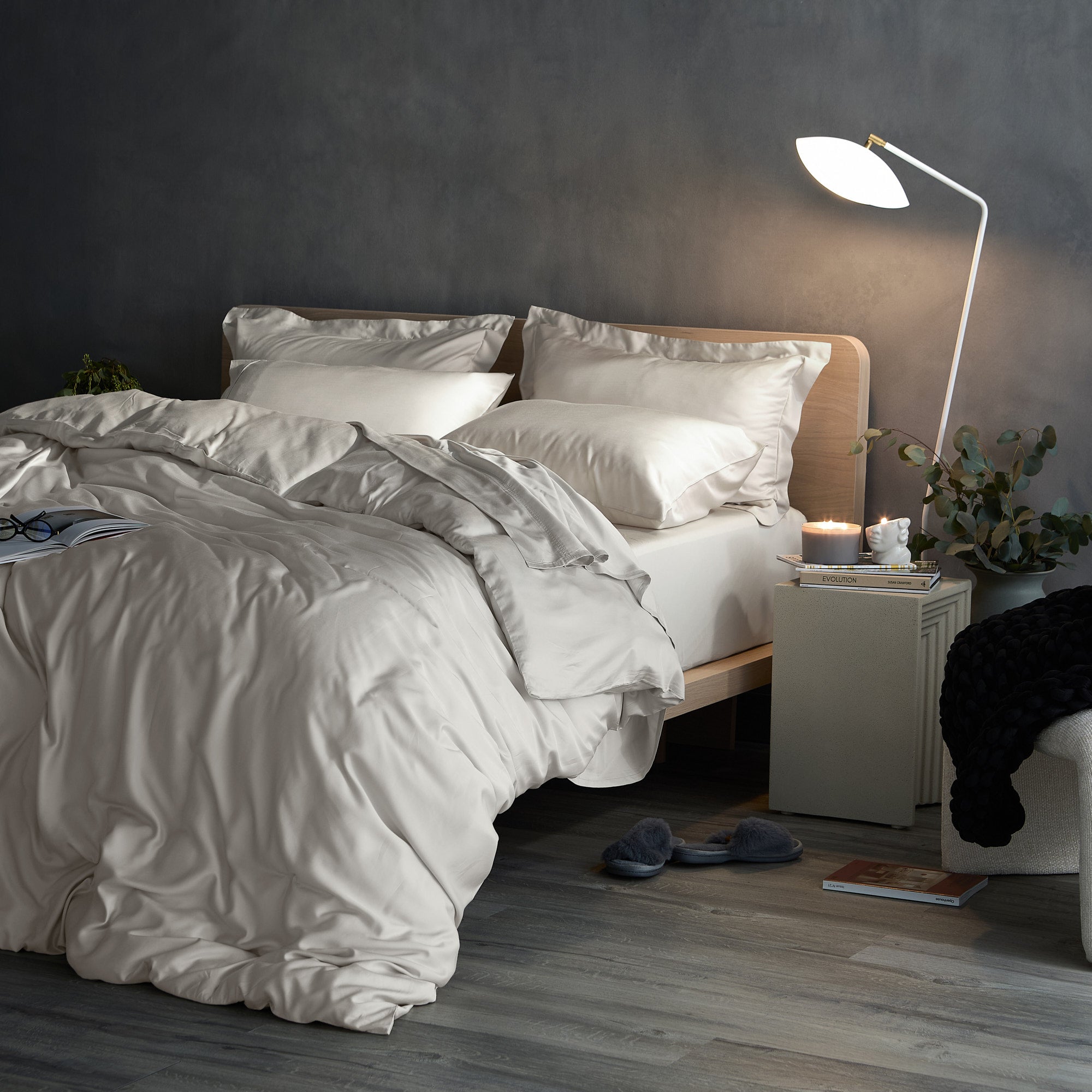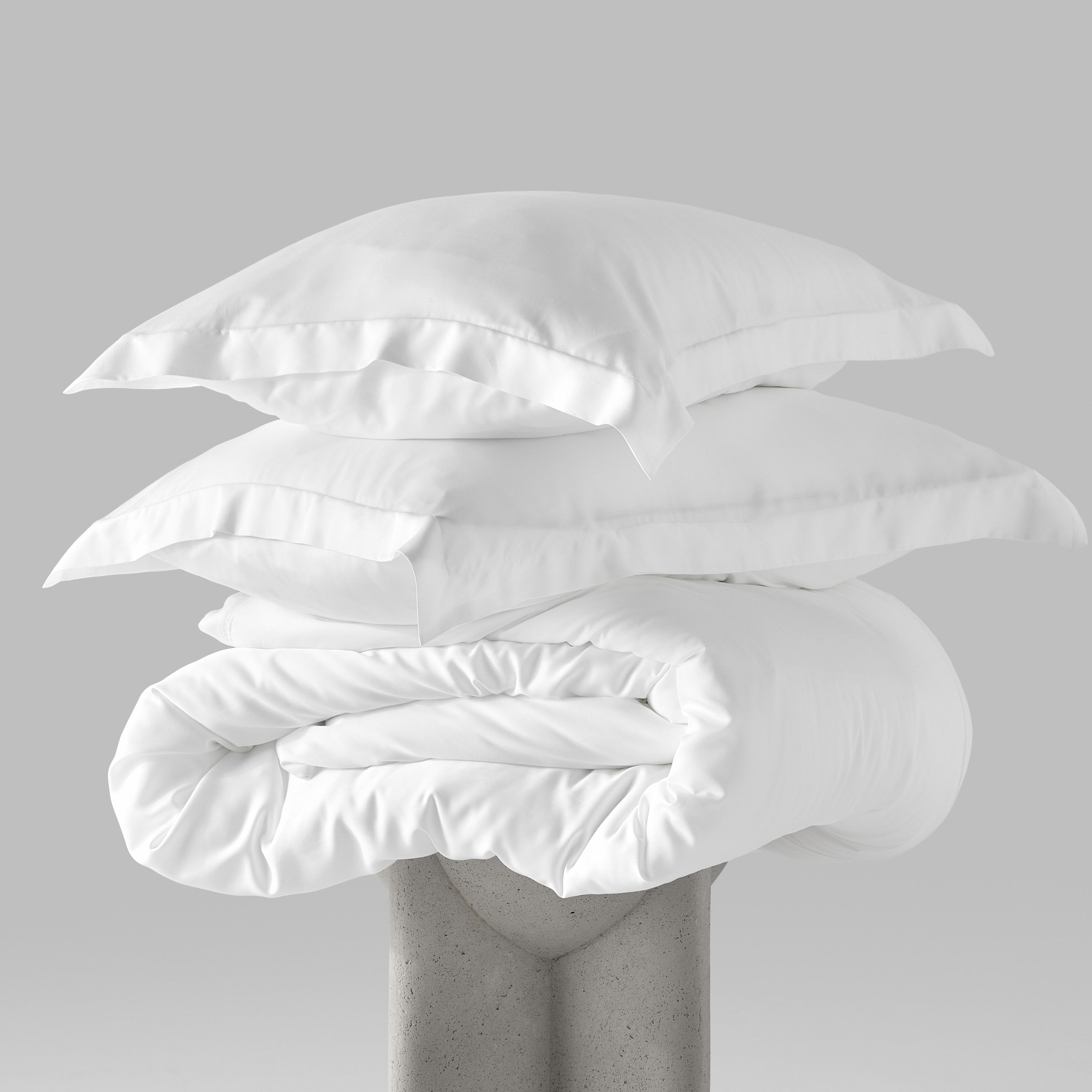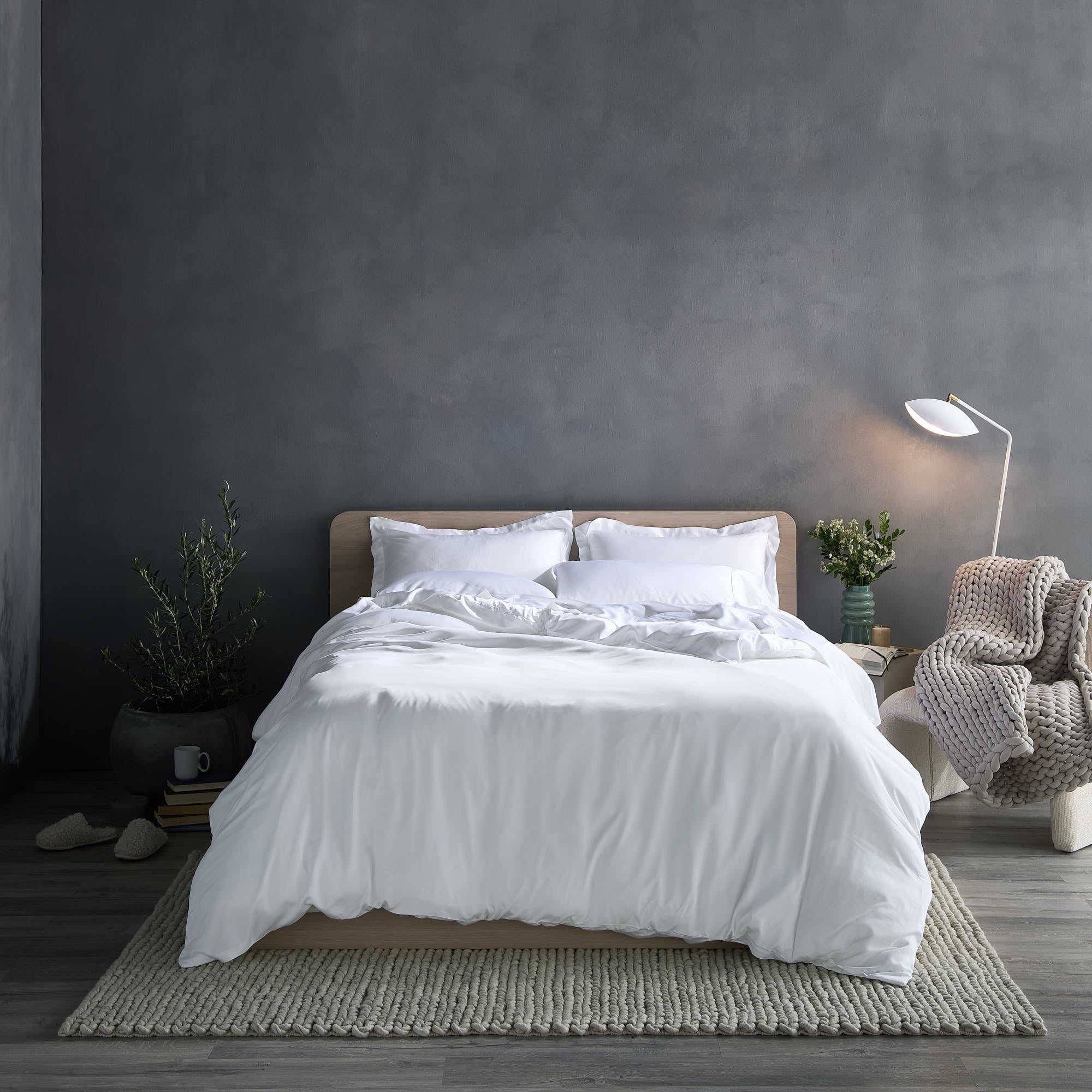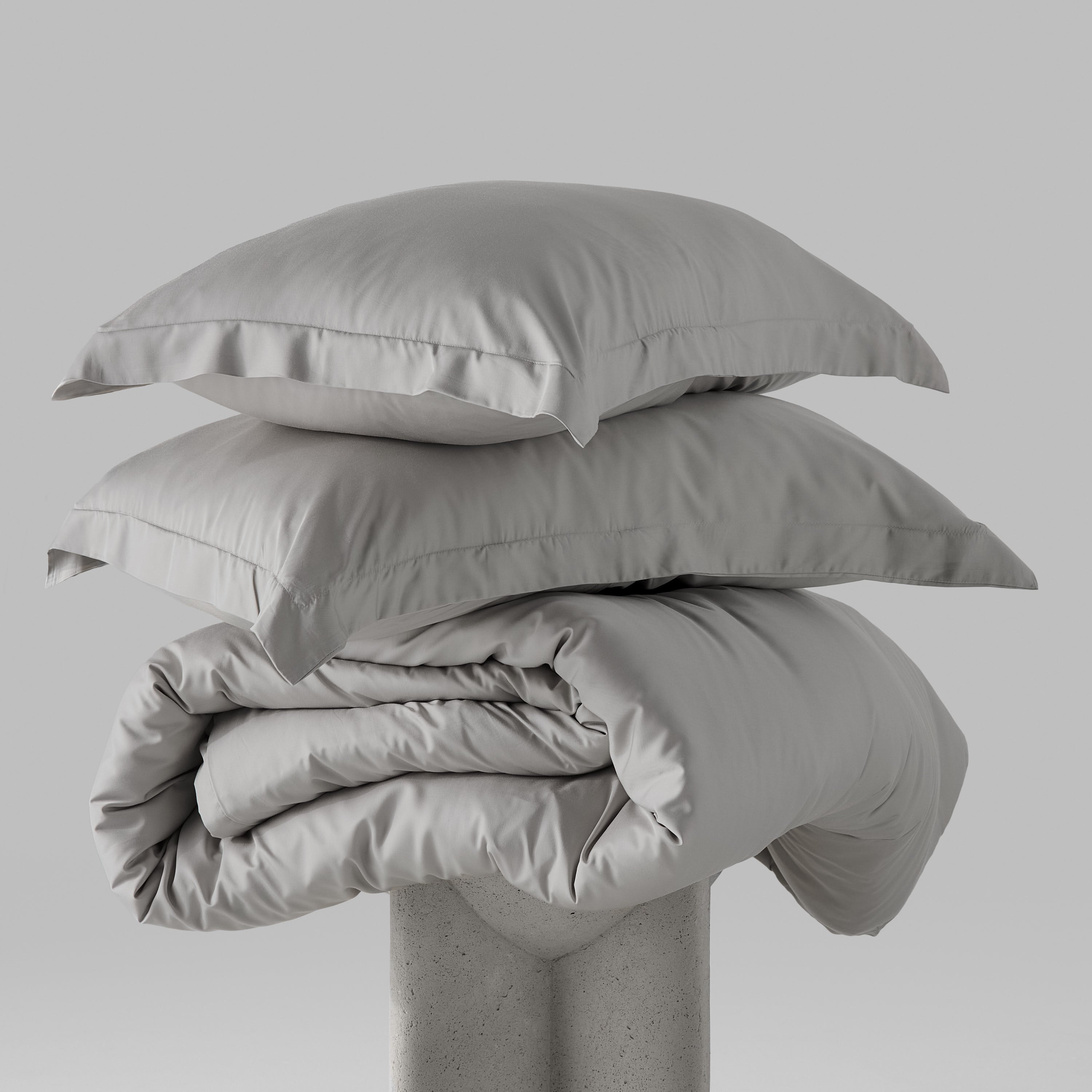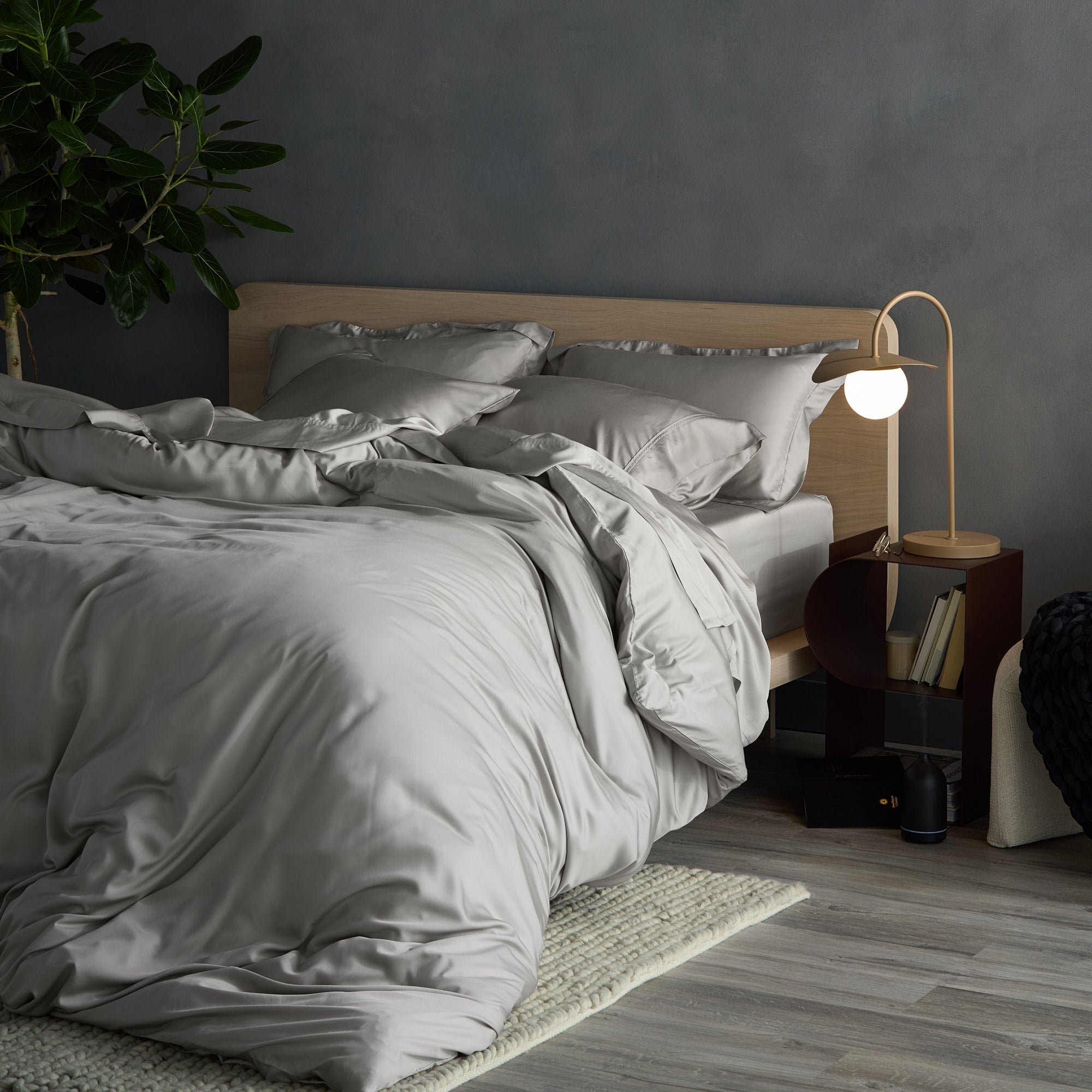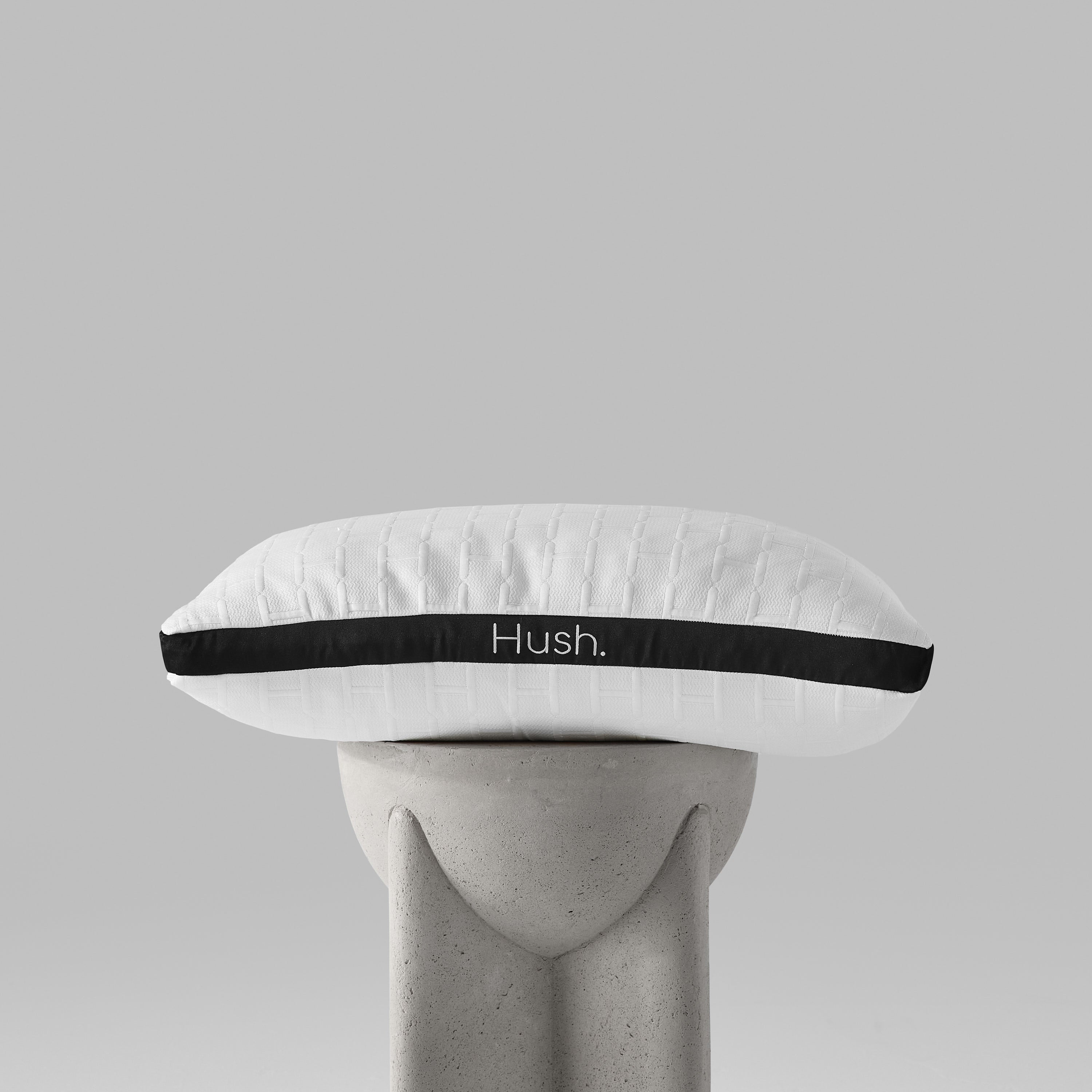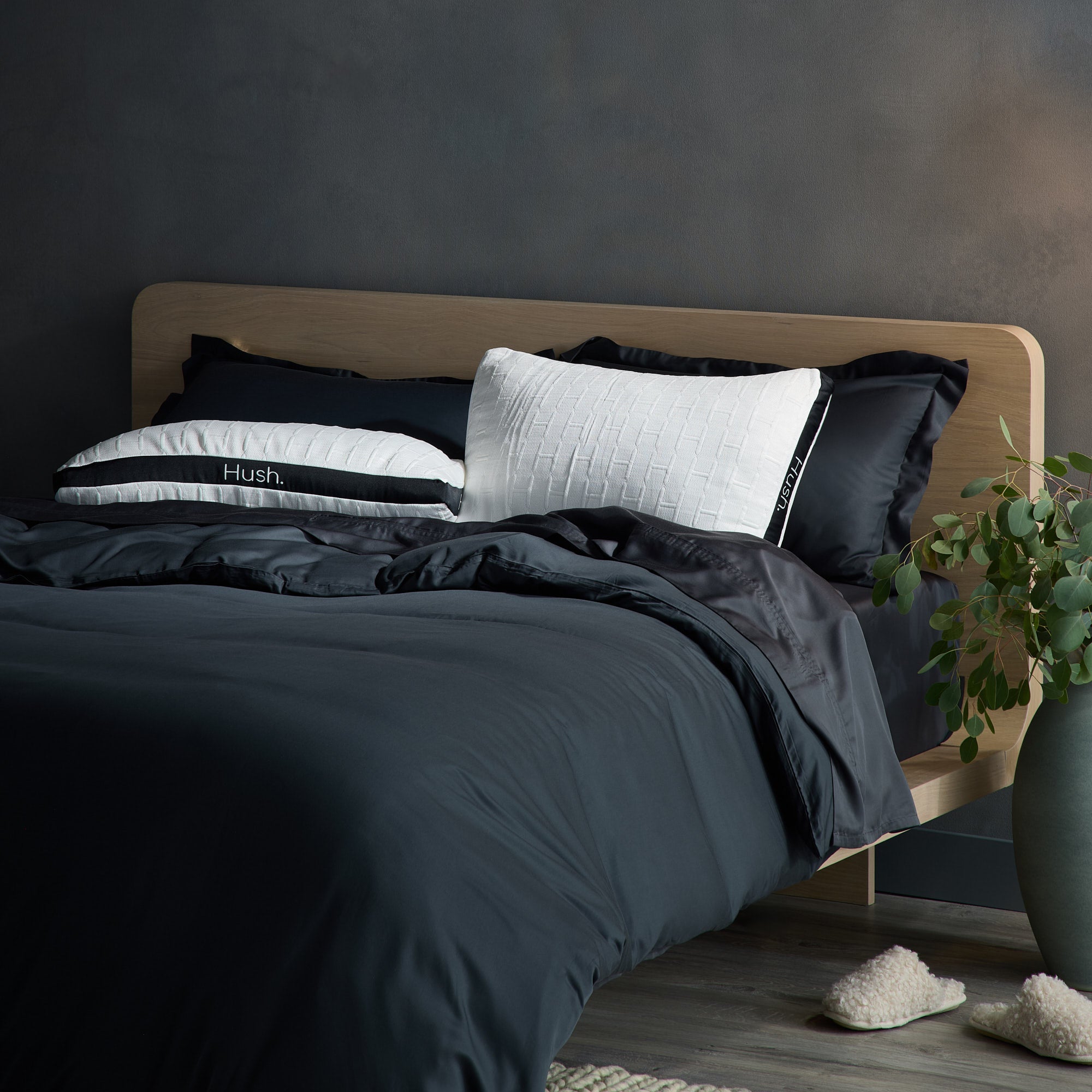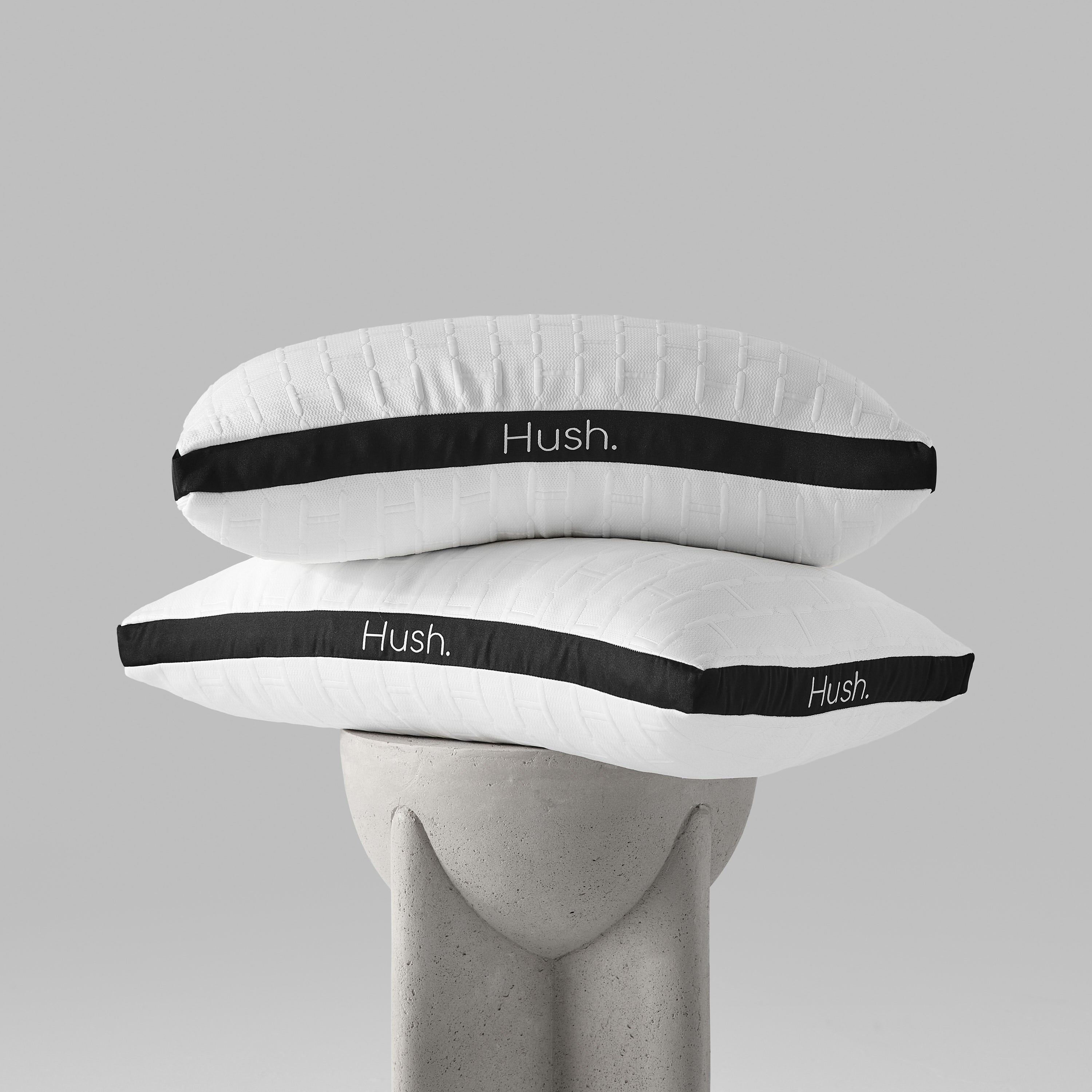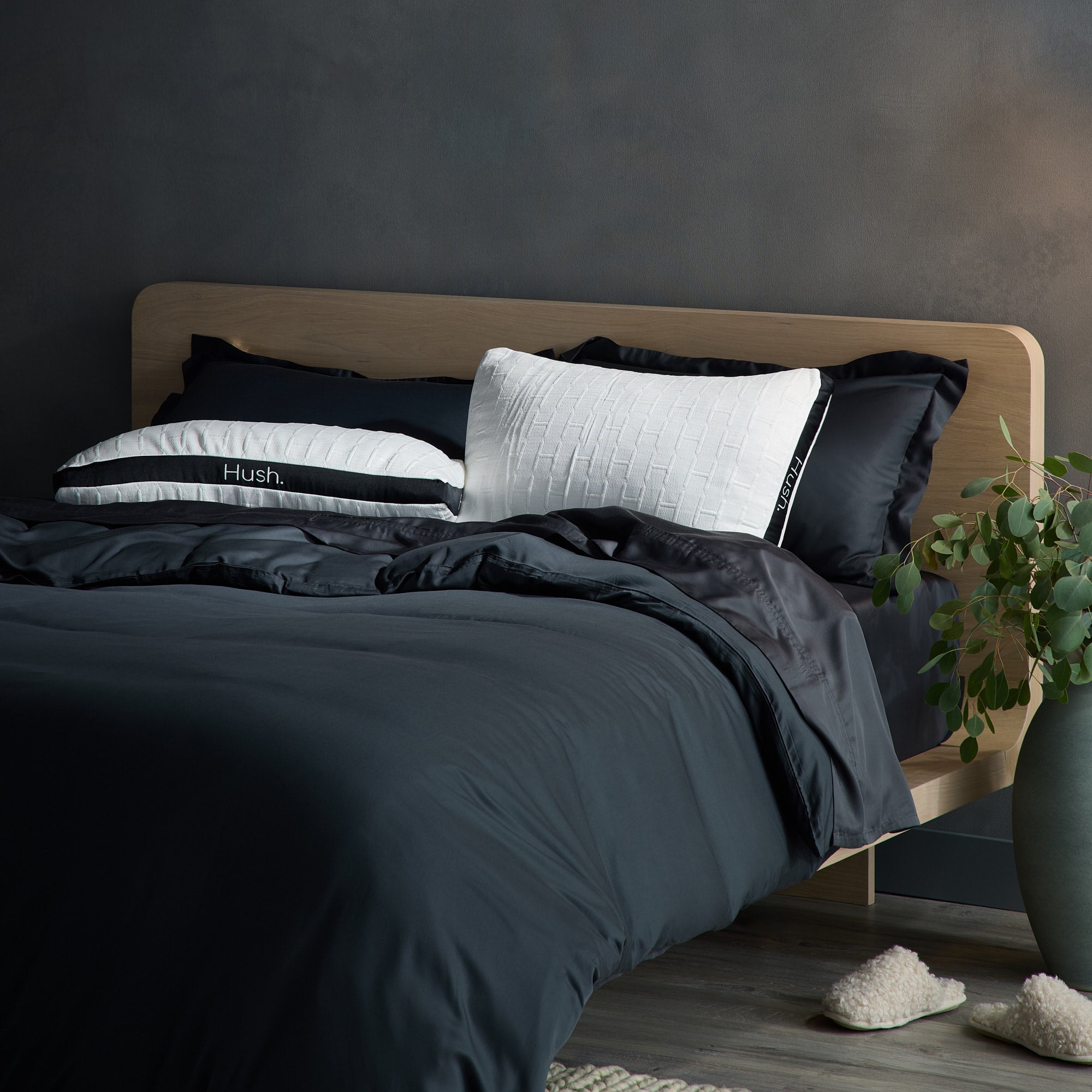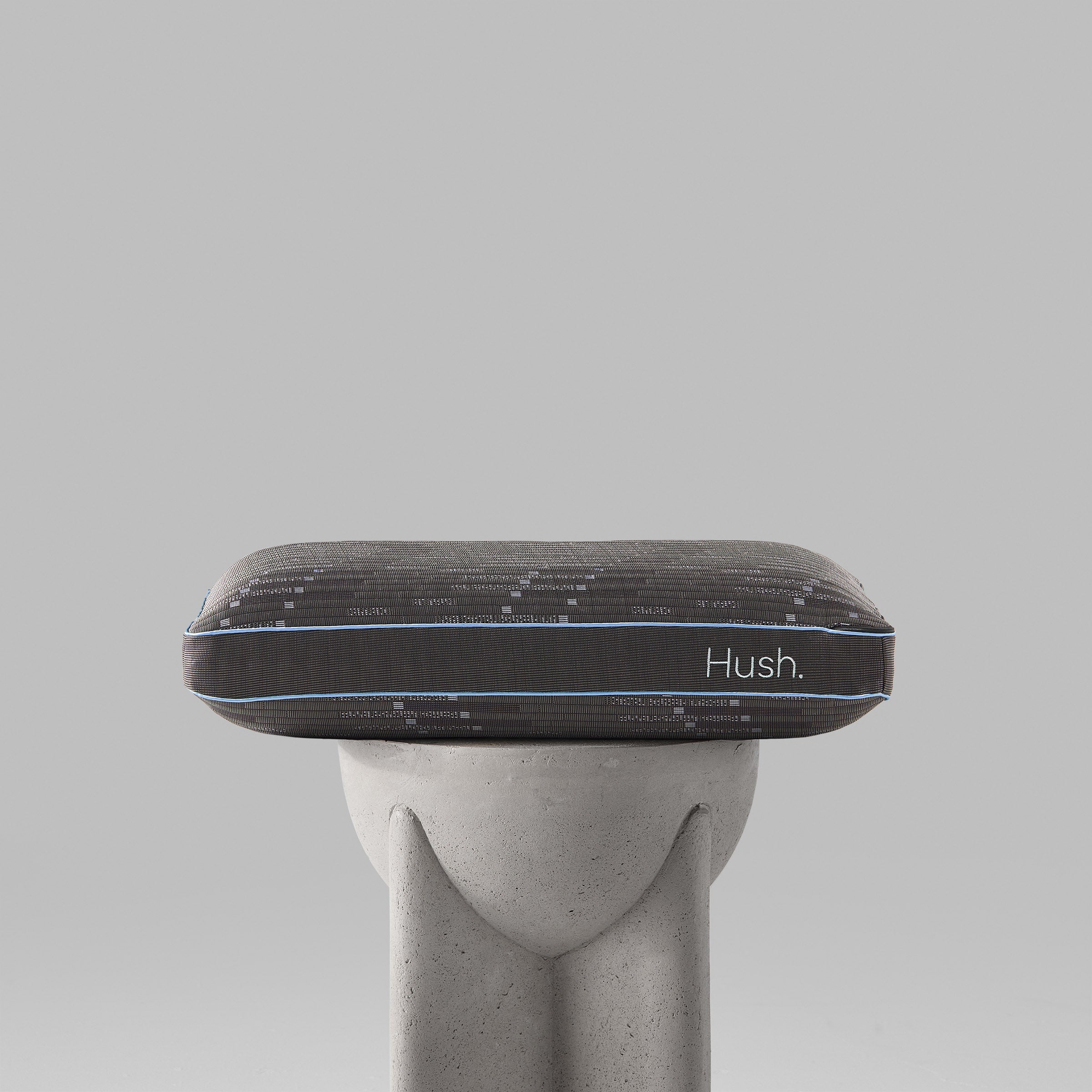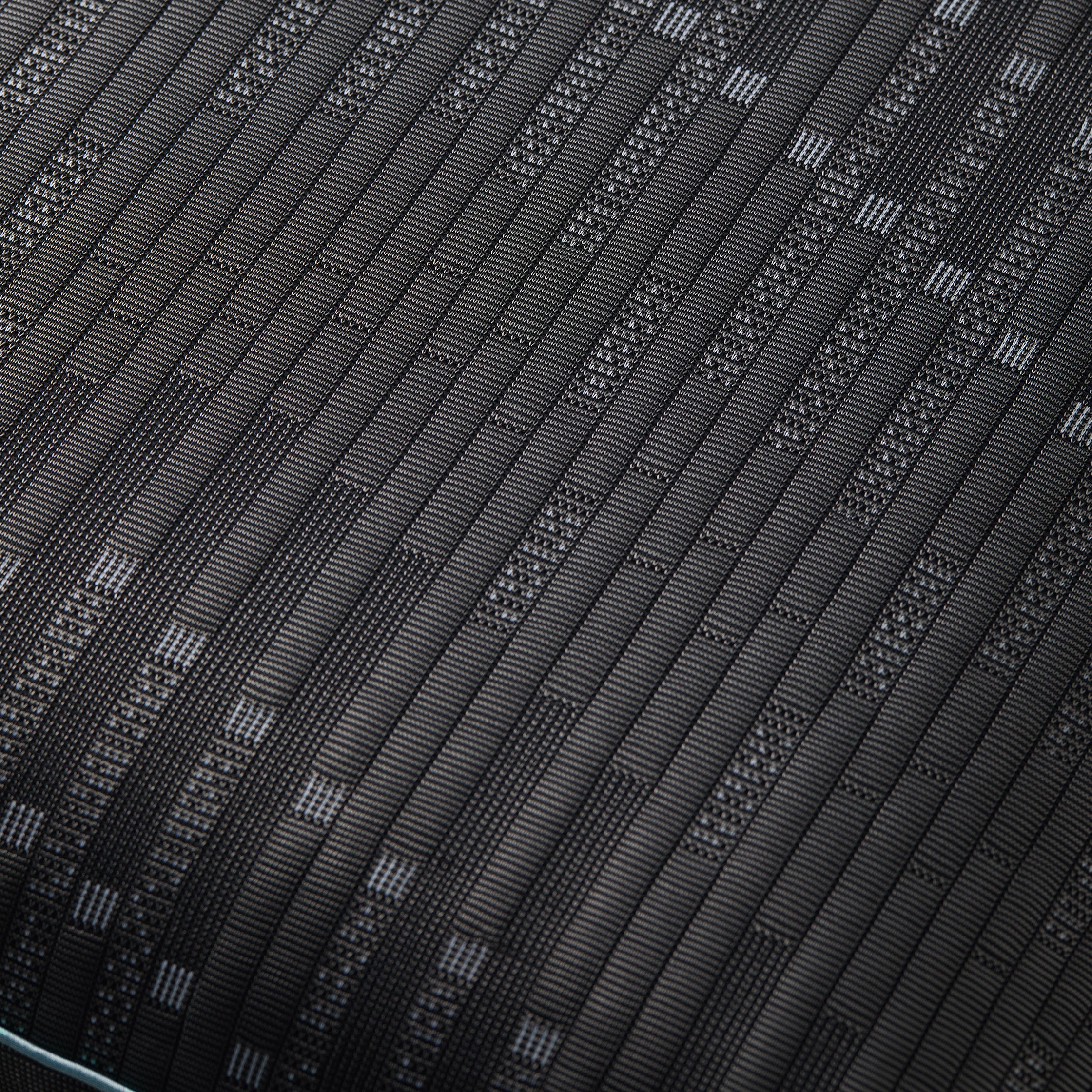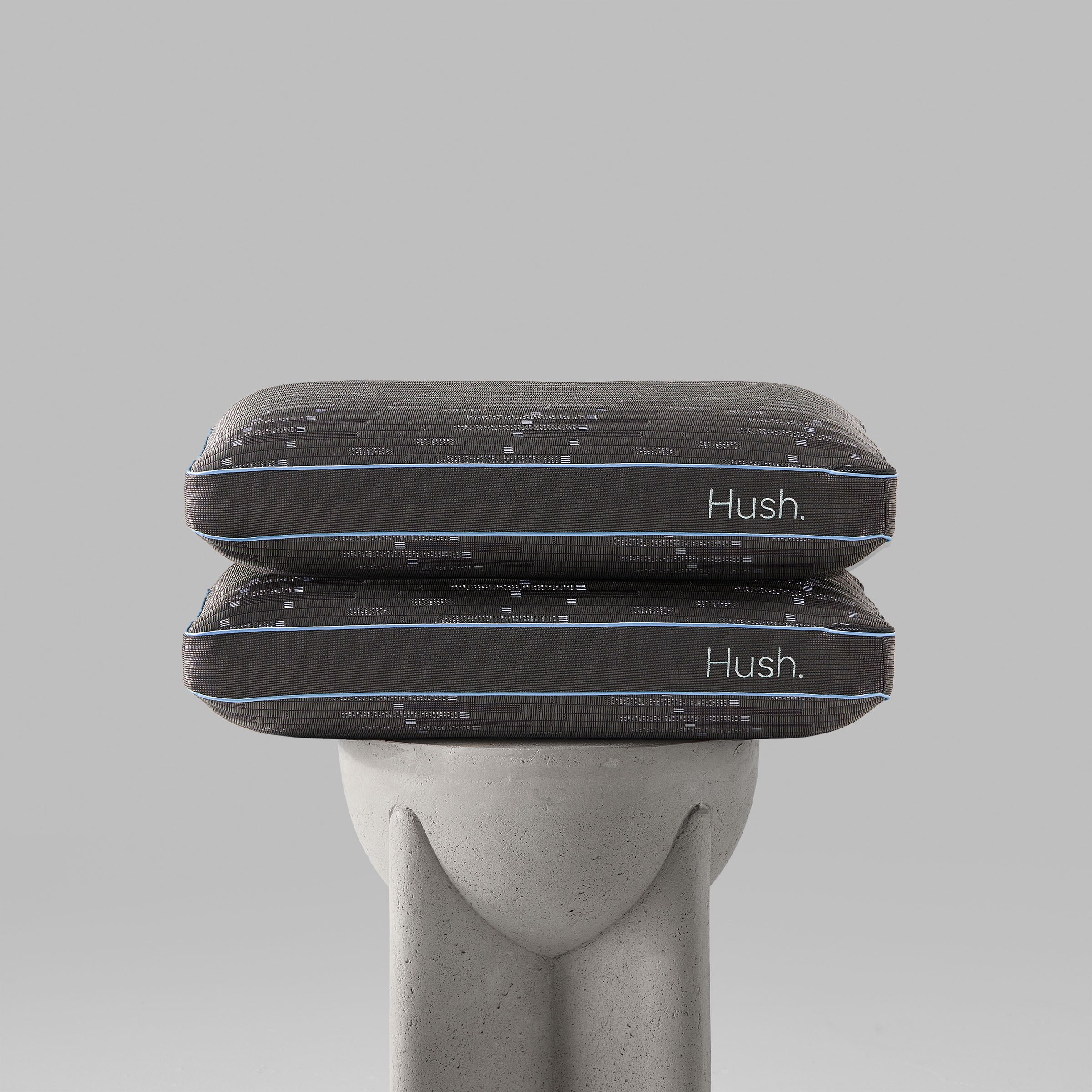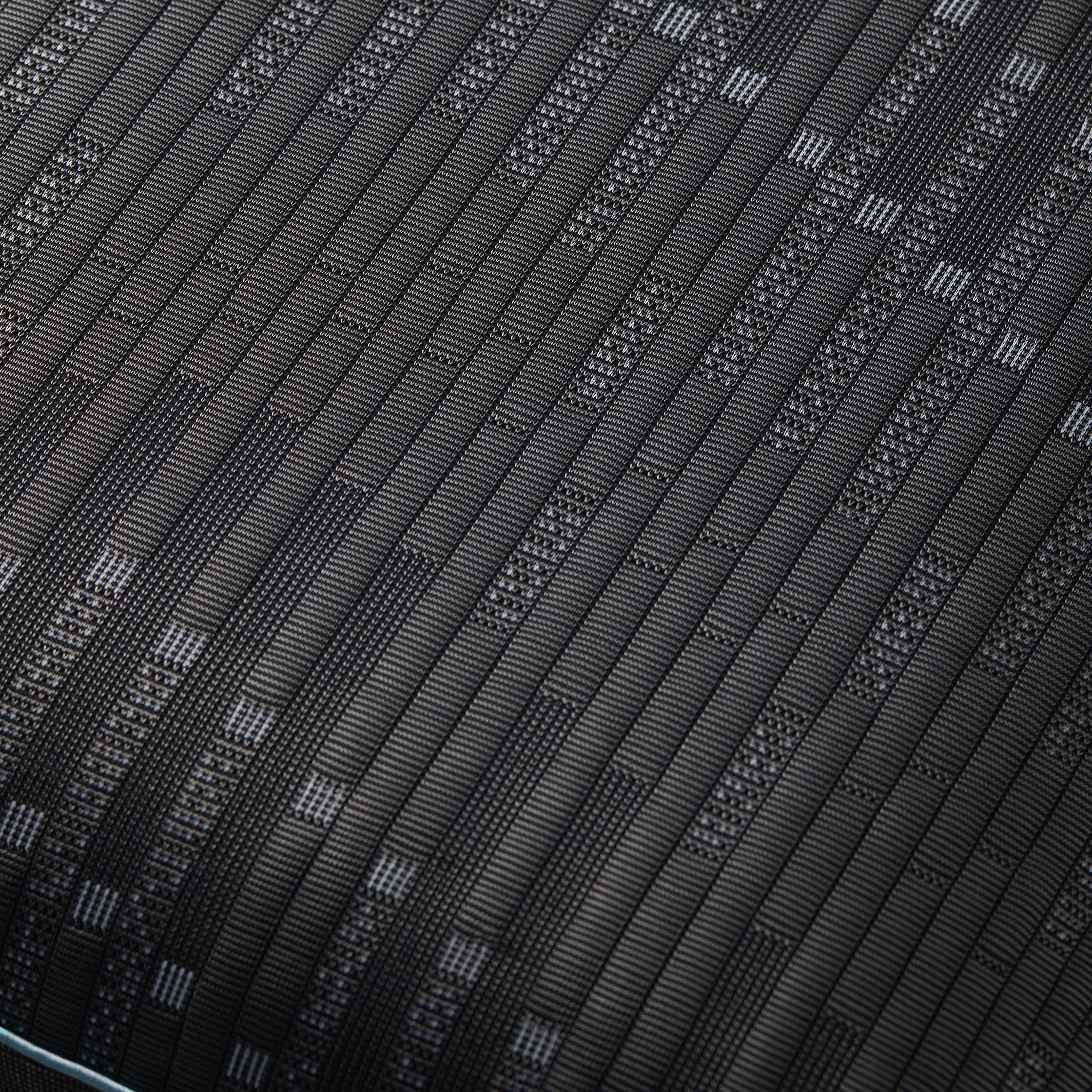First, we'd like to say that even if the back sleepers and side sleepers in your life say that stomach sleeping is weird, we're not here to judge. There's not necessarily a "one size fits all" when it comes to the best sleeping position.
That being said, there are still things stomach sleepers can do to get a good night's sleep. And in some cases, stomach sleeping may not be the best option for you after all.
Pros of Being a Stomach Sleeper

Time for some bad news: Sleep experts don't have a lot of good things to say about sleeping on your stomach. This doesn't mean there aren't any positives, though.
The most commonly cited benefit of sleeping on your stomach is the reduction of sleep apnea symptoms. This occurs because gravity helps pull the tongue and soft palate away from the throat, ensuring that your body's fatty tissue doesn't block airflow. This can also make you less likely to snore (something your partner undoubtedly appreciates).
It should be noted, however, that these benefits are also enjoyed by side sleepers. And when it comes to the drawbacks of stomach sleeping, sleep experts have a lot to say. Buckle up!
Cons of Stomach Sleeping

Stomach sleeping can cause significant back pain because of your body's composition. Even if you work out a lot and maintain a trim tummy, the majority of your body weight is located in the chest and stomach — right around the center of your body.
When you sleep on your stomach, the weight in the middle of your body pulls against the spine. This makes it harder to maintain a neutral position that supports the natural curve of the spine. Because it contains so many nerves, increased stress on the spine can affect almost every other part of the body. As a result, those who sleep on their stomach will experience shoulder pain, back pain, and aches at their other joints and pressure points.
Neck pain is also quite common for stomach sleepers. After all, you can't breathe through your pillowcase. When you're lying face down, you need to turn your head to the side so you can breathe. Though this doesn't seem like a big deal, it can actually disrupt your neck and spinal alignment, leaving you feeling stiff and sore the next morning.
How to Make Stomach Sleeping More Comfortable

While side sleeping or back sleeping is generally going to be the best option so you don't wake up stiff and aching in the morning, some people simply aren't going to be able to fall asleep if they're in any position other than on their stomach.
If you don't want to lie awake for hours on end trying to force yourself to sleep on your side, your solution lies in making stomach sleeping as comfortable as possible — and that means improving your sleep hygiene.
For stomach sleepers, that starts with your pillow and mattress. While many people love the plush feel of a memory foam pillow, the best pillow for stomach sleepers is actually a thin pillow — or no pillow at all. This helps keep the neck more closely aligned with the spine. By keeping your head flat against the mattress, you won't have your neck at an awkward angle throughout the night.
While you may want to ditch a pillow under your head, some people find that placing a pillow beneath their pelvis can help reduce pressure on the spine.
The best mattress for stomach sleepers is a medium-firm to firm mattress, which will offer extra support that keeps your stomach and chest from sinking. Because of this, a hybrid mattress or innerspring mattress is generally recommended instead of a softer memory foam mattress. However, memory foam mattresses can still work if they have a strong base layer to provide additional support. Many mattresses actually advertise their firmness level on a scale of 1-10 to help you make your selection. Aim for anything above a 5.
Tossing and turning during sleep can make stomach sleeping even more uncomfortable. Your body may do this in an attempt to get into a more comfortable position, or simply as a way to release pent-up energy that you didn't get out during the day. A weighted blanket uses deep touch pressure stimulation to help your brain release the calming hormone serotonin so you stop tossing and turning.
How to Improve Your Sleep Position

While you can make sleeping on your stomach more comfortable, the best way to overcome lower back pain and other common problems associated with stomach sleeping is to train yourself to sleep on your back or side.
In addition to alleviating some of the soreness associated with stomach sleeping, these sleep positions have several additional health benefits. For example, sleeping on the back can help relieve acid reflux, particularly if you keep your head elevated. However, this position can actually worsen sleep apnea.
Sleeping on your side can have even more health benefits and is the most commonly recommended position. Side sleeping is linked to improved digestion that prevents heartburn and constipation, reduced chronic pain (particularly in the back and joints), and even improved brain health.
Like any other efforts to improve your sleep hygiene, training yourself to change your sleep position will require continued effort and practice. It may take some time before you feel totally comfortable sleeping on your left side, but the results are worth it.
To make the transition easier, try using body pillows to create a set of "bumpers" that keep you from rolling back onto your stomach. The size of the pillows makes it nearly impossible to roll out of position — unless you're a really wild sleeper. You don't need to press the pillows right against your body, either. Just position them in a way that will keep you from flopping around or rolling over.
While sleeping on your side can reduce back pain, these positions can still put some pressure on the joints. You can alleviate this by placing a regular pillow between your knees while sleeping on your side. This provides pressure relief in the hips. You should also upgrade your head pillow. Side sleepers generally need a thicker, firmer pillow that can offer better neck support than the thin pillows used by stomach sleepers.
Finally, don't overlook a weighted blanket. Just like how the deep pressure stimulation and added weight will keep you from tossing and turning while sleeping on your stomach, so too will a weighted blanket help you stay in the same position when trying to sleep on your back or side.
Sleep Soundly in Any Position

Whether you love being a stomach sleeper or feel that you need to change your sleep position to stop experiencing back pain and neck pain, a Hush Weighted Blanket can help you settle into restful sleep. The gentle weight of the blanket relaxes the body, while also helping you stay in the same position throughout the night.
Better sleep is something everyone can enjoy, regardless of their most comfortable sleeping position. With our cozy and soothing weighted blankets, you'll get the quality rest you deserve.
